Revealing 8 Of The Best Loose-Leaf Green Teas
TEATIME NOTES
Find tips, recipes, and articles to increase your delight and enjoyment of tea.
Revealing 8 Of The Best Loose-Leaf Green Teas

The Luxury Flavors of the Best Green Tea in the World
It may come as no surprise that the best loose-leaf green tea comes from China, Japan, and the Eastern world. Tea was invented in China, where the rich soil and unique environment grow small, sweet tea leaves used mostly for green teas.
Today, we will explore some of the best green teas in the world, where they come from, how they are harvested, and their taste and aroma profiles. At the end, we will give you some tips on how to steep your tea so you can experience the full flavor of these exceptional green teas.
3 Japanese Loose-Leaf Green Teas

Sencha
Sencha is harvested from the first or second batch of tea leaves — also known as the first or second flush. First flush tea leaves are small and young and considered higher quality. They have a milder and sweeter flavor than later harvests which are bolder and stronger.
The balanced flavor makes it one of the best loose-leaf green teas with sweet, bitter, and umami notes. The steaming process may add hints of the ocean or seaweed, but overall the taste is mildly sweet, vegetal, and grassy. The smell is fresh and vibrant with a slight nuttiness and the mouthfeel is smooth and slightly astringent.
Gyokuro
The name translates to “jade dew” because it’s grown in the shade about three weeks before they are harvested. Shading the tea plants reduces the catechins in tea that create bitter and astringent flavors. The result is a smooth tea that is sweeter on the palate.
Gyokuro is also harvested during the first flush in early spring. The flavor is umami, rich, and is described as savory and brothy with a touch of sweetness. The umami notes also come forward in the aroma and the mouthfeel is creamy and lighter than Sencha.
Hojicha
Most green teas are steamed, but Hojicha is roasted at high temperatures which reduces the caffeine and makes the leaves brown. Green tea leaves, stems, and even twigs are blended together. It’s one of the best loose-leaf green tea choices for people who are sensitive to caffeine.
The flavor is toasty with notes of nuts, caramel, and light smoke. The roasting mitigates the grassy flavors and a slight sweetness is released from the stems that have a natural sugar. The smell is woodsy and earthy and the mouthfeel has a lingering warmth that’s soothing.
3 Chinese Loose-Leaf Green Teas
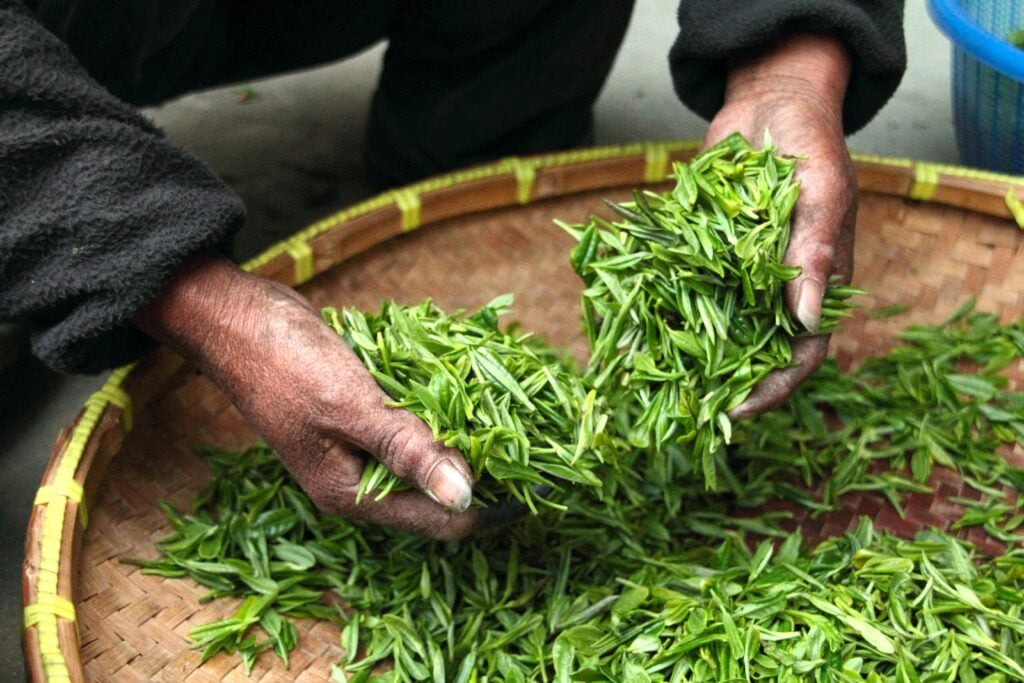
Longjing
Longjing tea — also known as Dragon Well — is one of China's most celebrated and best loose-leaf green teas. Emperor Qianlong ranked it the “Imperial Tea” in the 18th century — it’s known for its luxury, quality, and status. The West Lake region is covered in misty hills and has a cool climate and rich soil that grows high-quality tea.
The tea leaves are hand-pressed and pan-fired right after picking using traditional techniques. The flavor is smooth, mellow, and delicate with the taste of fresh beans or chestnuts and a touch of sweetness and umami. The aroma is sweet, fresh, and slightly floral with hints of chestnut and the mouthfeel is silky and light with a sweetness that lingers.
Biluochun
This translates into “Green Snail Spring” and is one of the best loose-leaf green teas known for its delicate appearance and complex flavor and aroma. The young early spring leaves are rolled tightly to create spiral shapes that look like small snails. High-quality Biluochun is covered with fine hairs that give the leaves a silver and fuzzy appearance.
Considered one of the best green teas in the world, these tea plants are grown in a microclimate near Dongting Mountain. Peach, plum, and apricot trees are absorbed into the leaves creating a complex and rich flavor that’s delicate, sweet, floral, and fruity with an astringent crisp finish. It has a strong aroma with notes of apricot and peach and a smooth, light mouthfeel that is soft on the palate, leaving a delicate, lingering sweetness.
Mao Feng
The tea is named for the “hairy tips” on the tea leaves and it’s grown in the high-altitude area of the Yellow Mountains in China. The cool clean air and rich soil mixed with humidity, mist, and moderate sun, help develop the complex flavors making this one of the best loose-leaf green teas. The bud and one or two tea leaves are plucked and quickly pan-roasted and lightly twisted to preserve the natural integrity of the tea.
The flavor is smooth, balanced, and delicate with floral and vegetal notes that are described as orchid-like or reminiscent of spring vegetables. A nutty undertone adds a layer of complexity. The aroma is floral and sweet with some notes of orchid or jasmine and the mouthfeel is smooth, refreshing, and light.
Notable Loose-Leaf Green Teas From Around the World
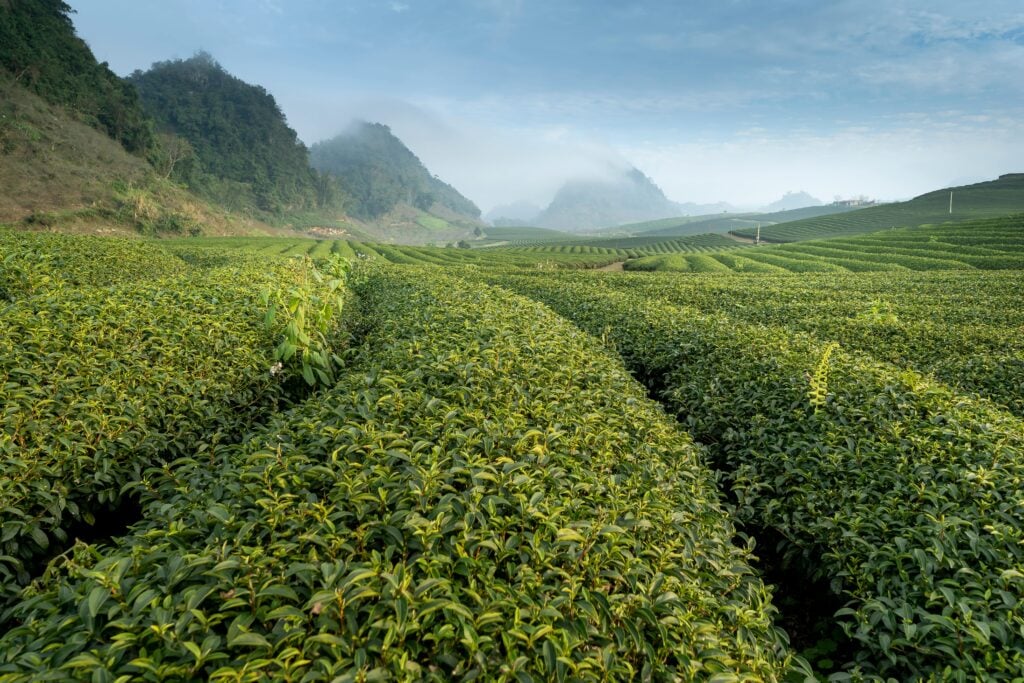
Darjeeling Green Tea
You may be familiar with black Darjeeling tea, but its green variety is a unique refined variant that is gaining popularity and becoming one of the best loose-leaf green teas. Darjeeling green tea is harvested at the foothills of the Himalayas of India, in high-altitude gardens. The tea leaves are plucked early and fired, rolled, and dried to prevent oxidation and preserve the green color and signature flavor.
The same muscat-like flavor of black Darjeeling tea can be found in this green variety — some consider it the best green tea in the world. It’s light and crisp with a refreshing flavor, floral notes, and undertones reflective of fresh grapes or apples. It’s aroma is calming with hints of fruit and flowers and it has a clean mouthfeel that’s smooth on the palate.
Korean Nokcha
The translation literally means “green tea” in Korean and is grown in the southern regions among mountains, clean air, and rich soil. One of the reasons why it’s one of the best loose-leaf green teas is it’s grown in a semi-wild environment where the tea stalks grow among other native plans to enhance the natural flavor. The first flush is known as “Ujeon” which is harvested before the first full moon in April.
It’s growing in popularity as one of the best loose-leaf green teas because of its well-balanced flavor. It’s sweet with a touch of umami, and a little bitterness — similar to Japanese Sencha, but with a little more mellow flavor.
The time of harvest can bring forward different flavors including chestnut, nuttiness, or seaweed. The flavor is usually smooth and clean with a refreshing finish. The aroma is fresh, green and sweet with hints of grain or roasted nuts with a mouthfeel that’s medium-bodied, slightly creamy, and smooth.
How to Make Green Tea

To make green tea you’ll want to start with the best loose-leaf green tea you can find. You’ll also want a teapot or a tea infuser mug and fresh water that hasn’t been pre-boiled and cooled down. If you use a teapot, tea pitcher, or tea infuser mug from Teabloom, you can skip the tea kettle and just heat your water directly in the vessel on the stovetop.
Heat your water between 175 and 180 degrees Fahrenheit. Exceptionally delicate green teas may need to be steeped in water that’s even cooler. Be sure to read the instructions on the tea package so you don’t accidentally scorch your tea leaves — this will make them taste bitter.
You’ll want to use about 1 teaspoon of the best loose-leaf green tea for every eight ounces of water. Use a teapot or cup with an infuser — or purchase a tea infuser — so you can remove your tea leaves as the precise moment.
Most green teas are done steeping in about three minutes. Any longer than that and you risk releasing bitter flavors in your tea.
There are a handful of ways to make hot and cold green tea. While it might be most traditional to enjoy hot green tea, you can also drink green tea over ice. It’s a fantastic soothing beverage and a refreshing take on green tea for a hot summer day.
If you want to learn more about how to make the best green tea in the world as an iced tea, ice tea — yes, there is a difference —, and cold brew tea, you can read the details in this blog.
We highly recommend the cold brew method. It’s a fool-proof way to make phenomenal tea with a well-rounded flavor. It’s nearly impossible to over-steep your tea with this technique.
Discover High-Quality Teaware and Organic Teas
Get the most out of the best loose-leaf green tea with teaware made to enhance the pure flavor of your tea. Teabloom’s single-origin organic teas are sourced responsibly from around the world. But, their exceptional teaware was designed so you can experience incredible-tasting tea without lingering odors or unwanted flavors.
Each piece is handcrafted from a sustainable, healthy, and taste-free material called borosilicate glass. Teabloom’s teaware is more than gorgeous — it’s the perfect balance of function and flair. It’s known as the tea connoisseur’s teaware of choice and is used by five-star hotels around the world.
Enjoy the best green tea in the world with teaware crafted with pure excellence.





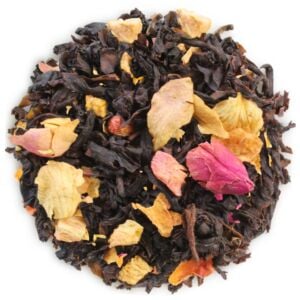





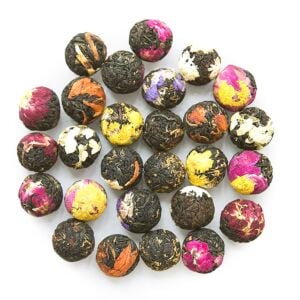


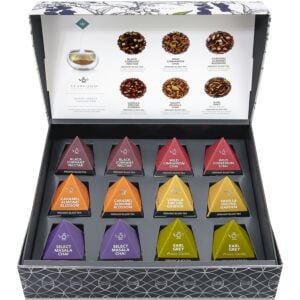
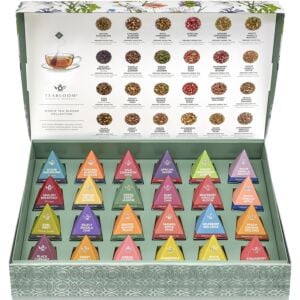













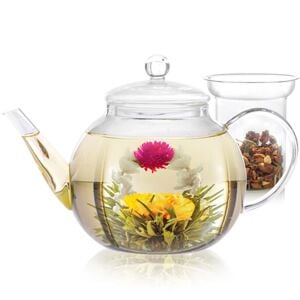


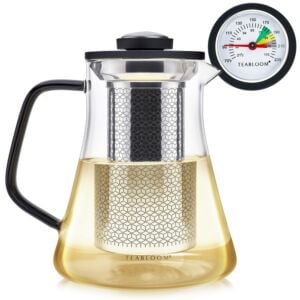
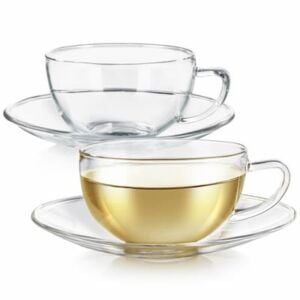


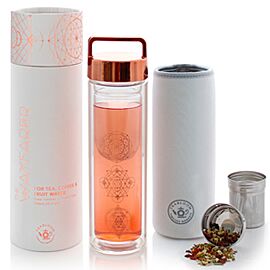










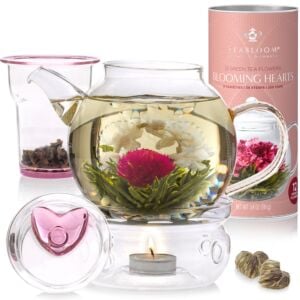





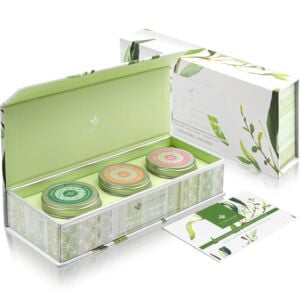



























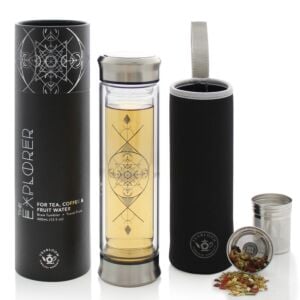








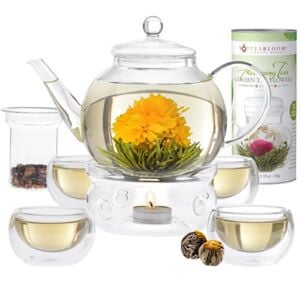

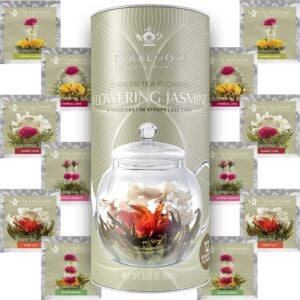












Share your thoughts